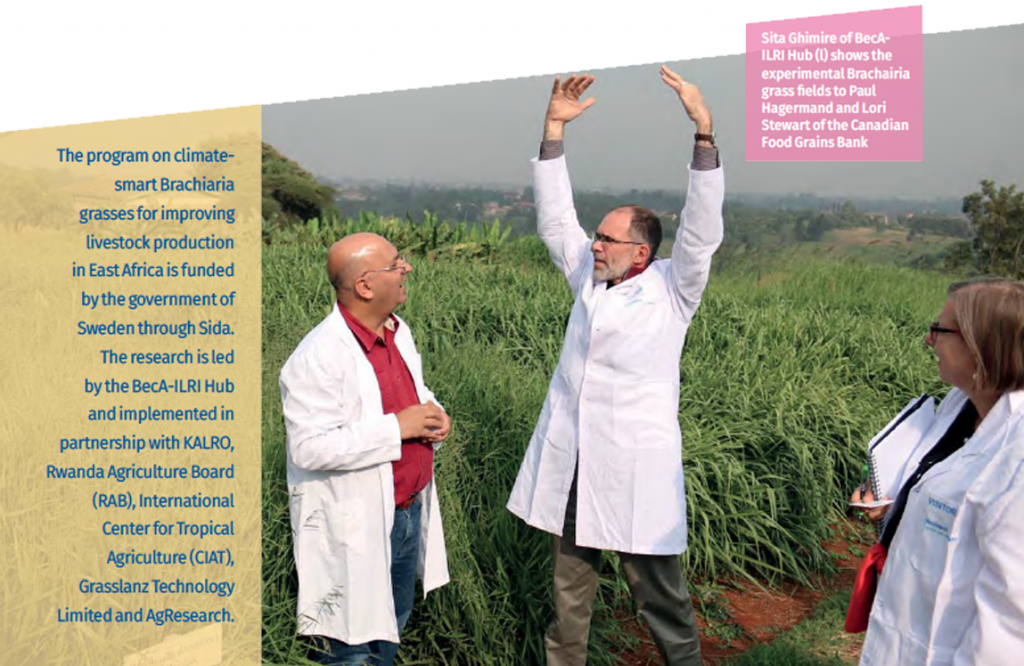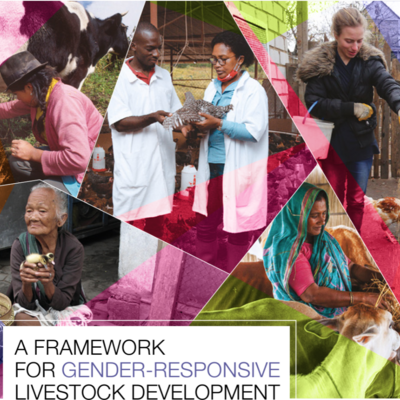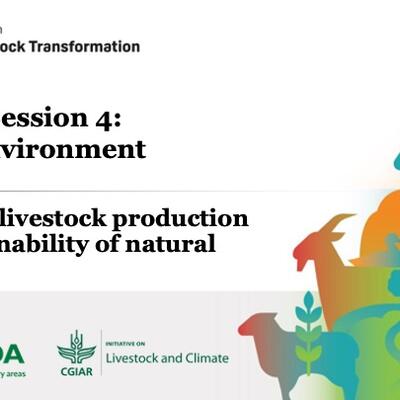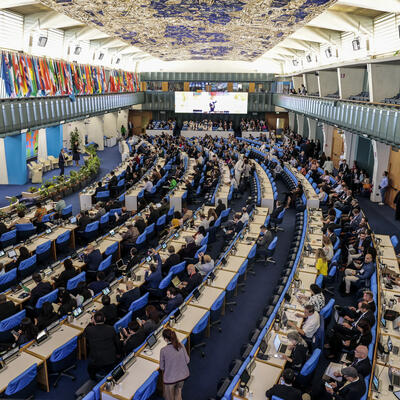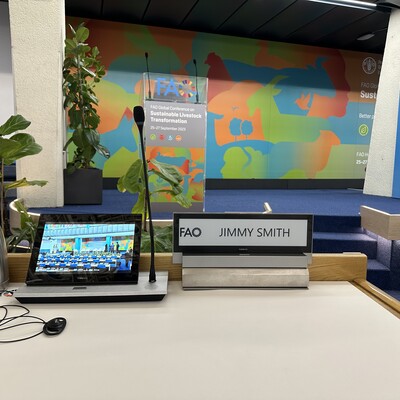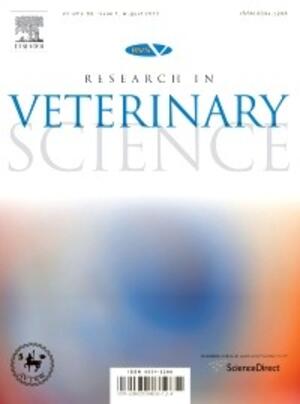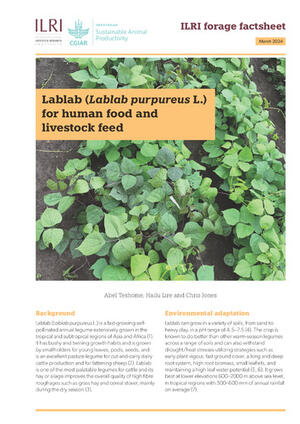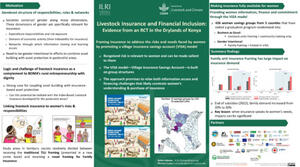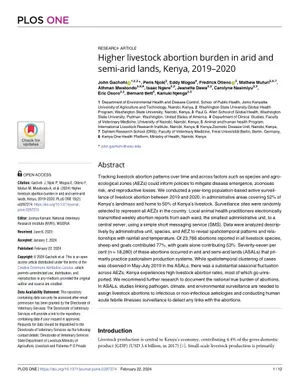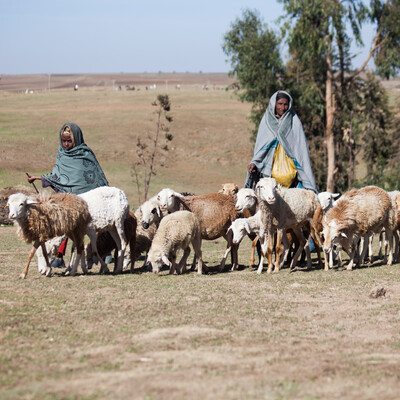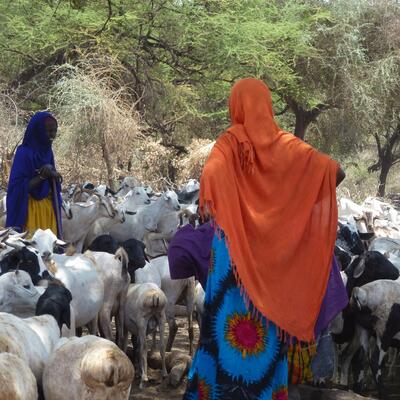
Supporting African-led agricultural research to drive economic growth – Part 1
Scaling up the use of Brachiaria grass as a key forage in Africa
Research implemented in Kenya and Rwanda by the Biosciences eastern and central Africa-International Livestock Research Institute (BecA-ILRI) Hub and national partners — the Kenya Agricultural and Livestock Research Organization (KALRO) and Rwanda Agriculture Board (RAB)
On-farm evaluations in Kenya and Rwanda have confirmed that the use of Brachiaria grass extends forage availability for livestock by up to three dry months. These evaluations also confirmed previous observations of increases in milk production and weight when cattle are fed on Brachiaria grass. Over 6,000 farmers in both countries are growing the four best-bet Brachiaria varieties (Basilisk, MG4, Piatã and Xaraés), which were identified through the use of a participatory approach with key stakeholders. These varieties are being concurrently scaled out in Kenya and Mali by the Accelerated Value Chain Development (AVDD) dairy project, funded by the United States Agency for International Development (USAID) Feed the Future Initiative. There is growing interest and a push to adopt Brachiaria grasses in other countries including Botswana, Cameroon, Mozambique, Namibia and Somalia.
This research has identified potentially beneficial bacteria that occur naturally within the grass (bacterial endophytes). The endophytes could be useful: increasing production of hormones that regulate: plant growth and boost biomass production in Brachiaria; improving soil nutrient solubility and soil fertility; enhancing drought tolerance; and improving the overall health of the grass. These endophytes are currently being evaluated under greenhouse conditions for their ability to confer drought tolerance to Brachiaria.
To ensure the transfer of technologies to national programs, seven researchers from five East African countries were trained on forages biotechnology through the Brachiaria program. After periods of between six and nine months at the BecA-ILRI Hub the NARS researchers returned to their home institutions with transferable skills acquired through the training. An in-depth external review of the program concluded that it has made significant contributions to the improvement of forage availability and livestock productivity in the aforementioned program countries.
Read more about the bioscience research and innovations that underpin development outcomes in the BecA-ILRI Hub 2016 Annual Report.





